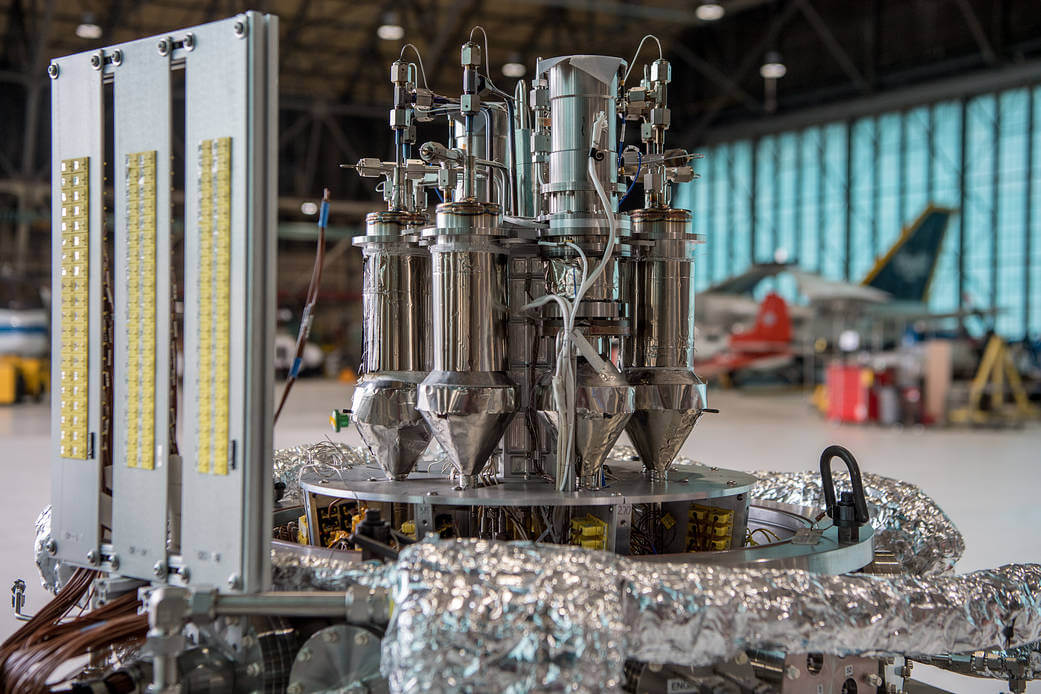Tiny Nuclear Reactors Could Transform Power Generation for Remote Communities and Military Sites… and Missions to Mars

Nuclear “microreactors” offer unique capabilities for displacing diesel power generation in numerous applications and for supporting critical infrastructure, according to an EPRI Emerging Technologies Brief.
While most commercial nuclear reactors today produce more than 1,000 megawatts of power, microreactors (also known as very small modular reactors) range in capacity from kilowatts to less than 50 megawatts (most are in the 1–10 megawatt range). Unlike their larger counterparts, they are designed for full factory fabrication and rapid deployment, reducing cost and schedule uncertainty. Simplified heat removal and safety systems and stable reactor cores can reduce accident risks, increase fault tolerance, and minimize maintenance and inspection needs—enabling remote deployment and potentially autonomous operation.
Microreactors are well-suited for off-grid remote communities, remote mining and other resource extraction facilities, and military operations that often rely on diesel generators and costly (and sometimes risky) fuel shipments. During outages, grid-connected critical facilities such as hospitals and water treatment plants could continue operations if powered by microreactors in microgrids. Indeed, nuclear fuel’s high energy density—more than a million times that of fossil fuels—could enable years to decades of continuous operation without refueling.
“Nuclear has an unrivalled energy density and other compelling attributes,” said EPRI Technical Executive Andrew Sowder, who authored the report. “However, the power will not be cheap. There will likely be a ‘nuclear premium’ associated with higher capital costs, regulatory compliance, and public acceptance challenges. Justification of microreactor deployment will require compelling business cases and favorable commercial arrangements such as power purchase agreements.”
More than a dozen microreactor technologies are under development by private companies and research groups. In 2018, the U.S. National Aeronautics and Space Administration (NASA) successfully demonstrated a kilowatt-scale microreactor suitable for supporting manned exploration of the Moon and Mars and other space missions. The technology, called Kilopower, uses a novel approach to cool the reactor core (which is about the size of a paper towel roll): Hermetically sealed (airtight) pipes transfer reactor heat to engines that convert the heat to electricity. Heat pipe technology is mature and deployed widely in smart phones, tablets, and oil pipelines.
Key EPRI Technical Experts:
Andrew Sowder
For more information, contact techexpert@eprijournal.com.
Photo of NASA’s microreactor prototype courtesy of NASA.

